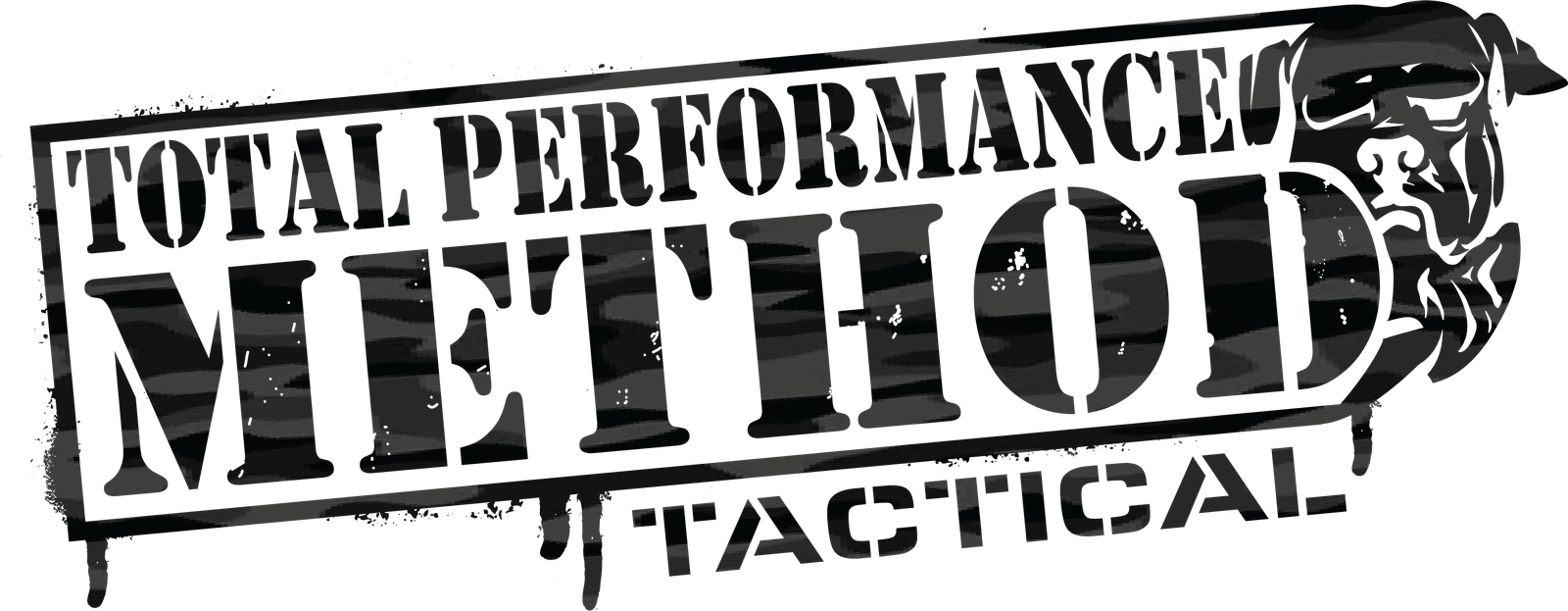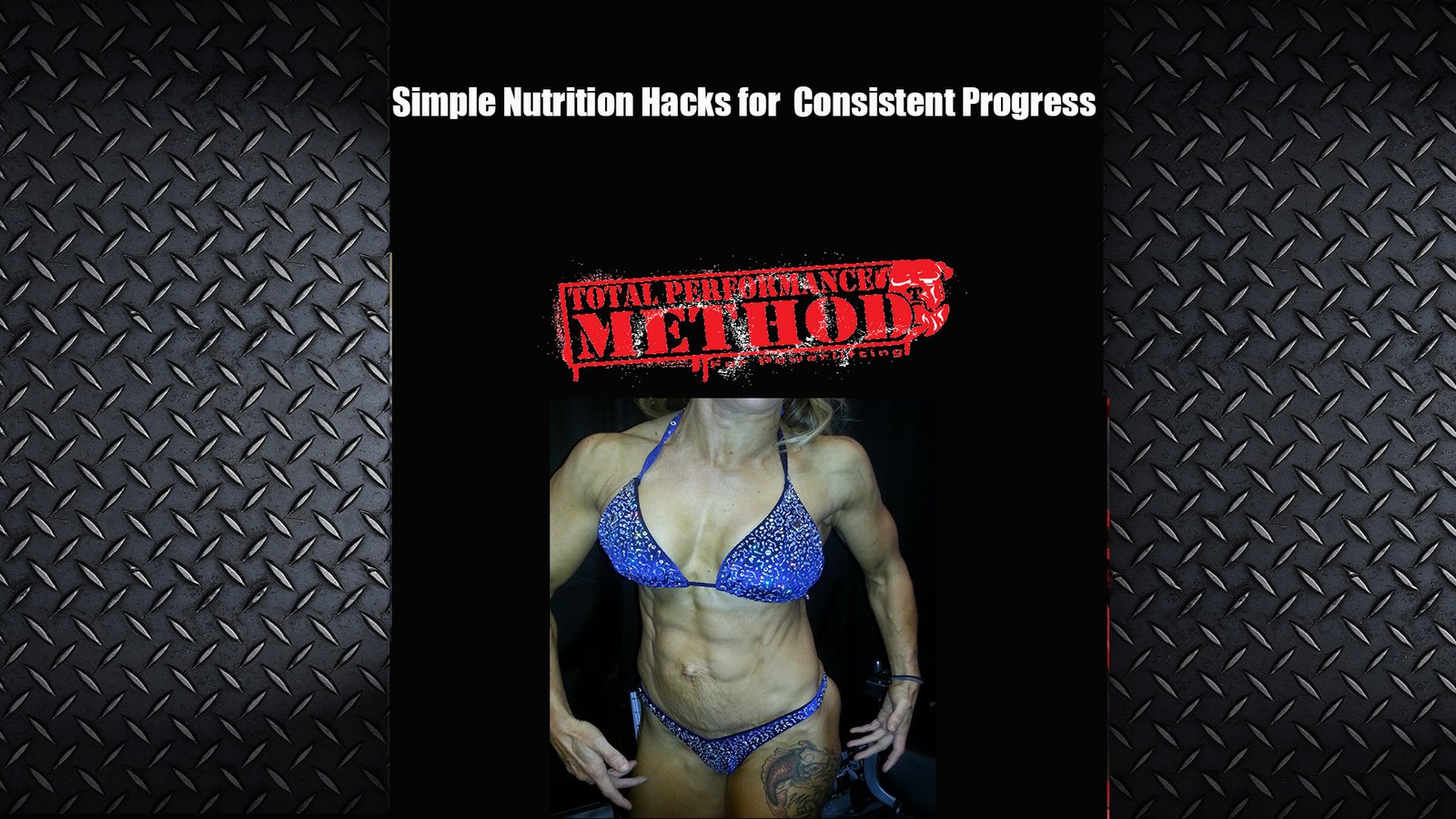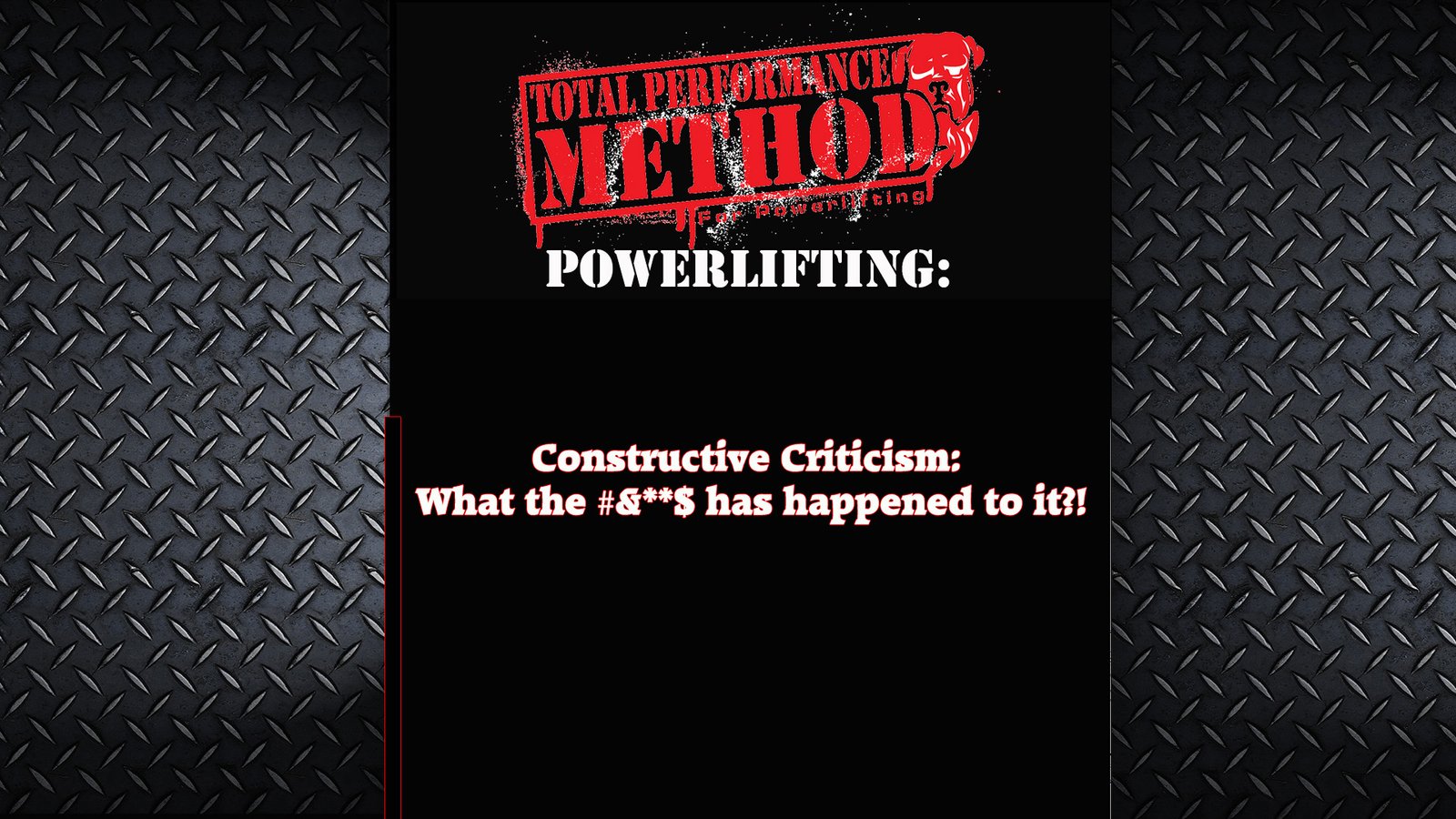Gastric bypass/lap band surgeries are all the rage right now. It seems that more and more people are coming into the gym after having these surgeries so I thought that I would share a few concerns that I have about them.
I have been training people that have had these surgeries for over 10 years now and I have seen some things that need to be addressed, both for the patients themselves and for those that train them.
First off, let’s look at some things to which I have found gastric bypass patients to be predisposed. Most of this population comes from a background of little to no exercise history. They also often come from a history of yo-yo dieting, with constant weight loss and weight gain. This sets them up to have very poor muscle tone and a very weak “core.” God, I hate that term. After consulting with several reputable physical therapists that have seen many more injuries than I have, a common thread arises: lower back injury. The constant weight loss and weight gain, paired with a lot of extra weight around the midsection and an almost complete lack of activity (exercise) wreaks havoc on the lumbar discs. As a trainer you must be aware of this. You need to spend a long time making sure that they build up a lot of strength and added muscle mass in the abs, sides and spinal erectors. Even if you do this to a high level, they still might have a disc problem in the future. It is most likely not the fault of the exercise programming, unless you jump them right into a “Biggest Loser”-style regimen. If you do, you should have your training certification revoked on the spot, but that’s a different story. I’m not trying to sound cold here, but gaining weight to the point that you need surgery to correct it is a lifestyle choice and one of the risks associated with it is having back problems.
Another “problem” that I have identified is related to the lack of muscle tone. This population is simply not strong enough to handle their body weight due to having poor muscle tone, and a lack of muscle mass. They also lack inter- and intra-muscular communication. Take the time to teach them how to master basic exercises that require control of their body. A few examples are wall slides with a stability ball, modified pushups, blast-strap pull-ups, hip extensions on the floor and low step-ups. As you progress, the TRX might be your best friend as it lends itself easily to adaptation from very easy to very hard. Introduce barbell and dumbbell exercises with caution. Take a detailed exercise/health history, too. And take the exercise history with a grain of salt.
Nutrition is a problem, too. I have seen a lot of people return to their old eating habits soon after the surgery and make little to no progress because they stretched out the stomach. It is horrifying to me that they don’t receive more nutritional counseling pre- and post-surgery.
It is easy to drink an inordinate amount of calories. Soda and sugary drinks are the enemy. A lot of the clients that I have trained went back to drinking soda quickly. Remember, it is a lifestyle and they need to change the lifestyle.
For those that truly want to change their lifestyle, getting an adequate amount of vitamins, minerals and calories to support lean tissue growth is also an issue. Having bypass/lap band can impair the body’s ability to absorb certain vitamins and minerals setting them up for deficiencies. This is best managed by their doctor, not their trainer. You must be aware of this, though.
Getting enough calories in is another issue. To build muscle, you must eat. You must eat protein and carbs in appropriate amounts. They need to do this without stretching out the stomach. One way that I have had great success is by adding protein mixed with water and having them sip it throughout the day. I had a client tell me they passed this on to their doctor and the doc was blown away. I was blown away that the doctor didn’t think of this. I have also had this happen many times with many nutrition clients.
When I say to drink calories I do not mean to have a giant weight-gain shake. I’m talking about adding 1 scoop of whey to a big bottle of water and drinking it over the course of an hour or so. Do this 2 times a day and they have 50 grams of protein in their diet to build muscle. The added muscle will increase their metabolism, allowing them to get fit faster.
I have had a few clients that are a few years post-surgery add in some Power Carb or Waxy Maize on training days with great success. We all know that carbs help to build muscle when consumed at the right time, don’t we?
If you are training someone that has had this type of surgery take note of the points I have listed. If you have had the surgery, you must pay special attention to them. Good luck and be safe.







Leave A Comment